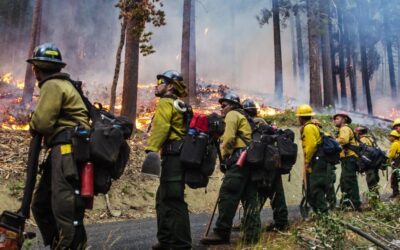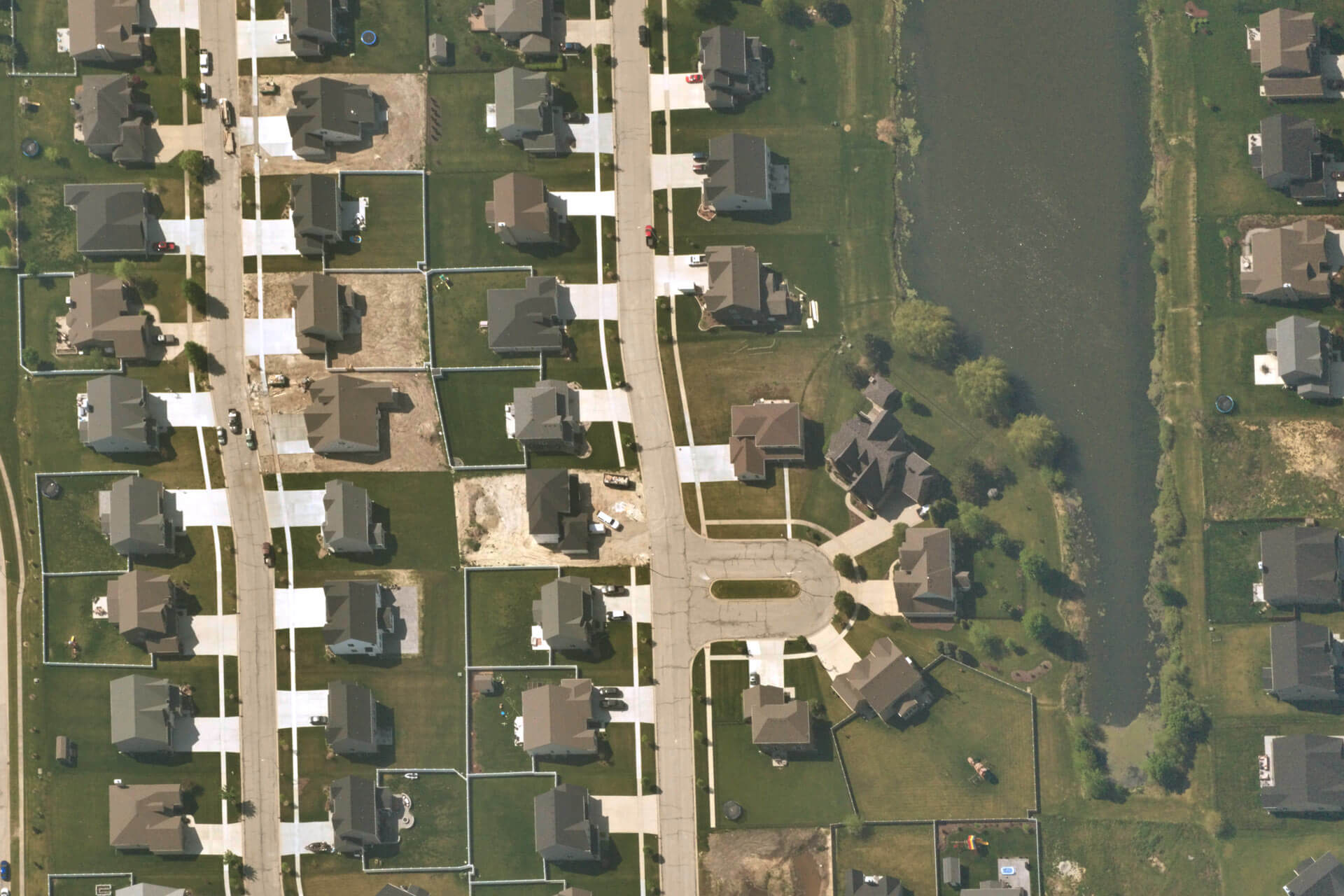On January 27, President Biden issued an Executive Order on Tackling the Climate Crisis At Home and Abroad. This plan will invest $400 billion in clean energy innovation as one part of a broad mobilization of public investment. This executive order creates the White House Office of Domestic Climate Policy, and outlines several plans to mitigate the climate crisis. Additionally, on March 11th the House Energy and Commerce Committee Democrats introduced the LIFT Act. This Act proposes to invest more than $312 billion in clean energy, drinking water, broadband access, and healthcare infrastructure. This call to action has placed clean energy in the spotlight, and Near Space Labs is ready to help with their Swifty stratospheric vehicles. The Swiftys are zero-emission, balloon-based vehicles equipped with high-resolution cameras and sensors that can capture imagery that is near real-time, and more detailed than satellite imagery. Near Space Labs’ clean energy-focused approach to imagery makes the company an ideal partner with whom to tackle climate change. Here are five use cases Near Space Labs has identified that will help achieve President Biden’s goals.
1. Climate Change
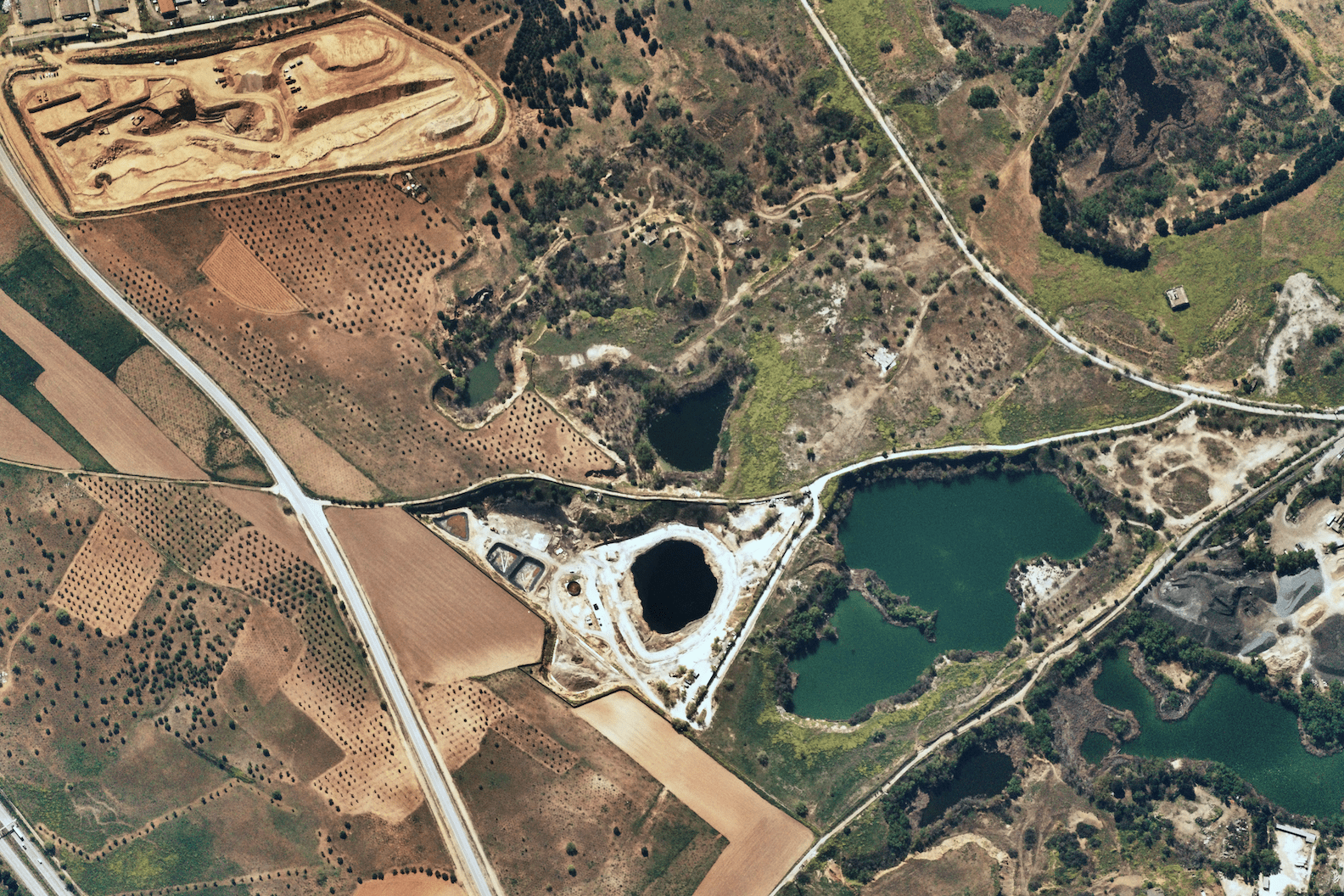
Conservation area and construction site. March, 2020.
America’s public lands are facing more challenges than ever. President Biden’s plan recognizes the urgent need to protect the country’s most fragile ecosystems. As of January, 600,000 acres of the Arctic National Wildlife Refuge have been sold or leased to private and state energy ventures. Under the plan, the Arctic National Wildlife Refuge and other at-risk lands and waters will receive permanent protection, and these new protected lands will need frequent monitoring to assess ongoing threats. Near Space Labs can monitor deforestation, see changes in sea levels, and monitor the effects of climate change and human activity, such as lake algal blooms and eroding coast and lake shorelines. The Swifty’s stratospheric point of view can also streamline easement monitoring to ensure conservation areas are operating according to code.
2. Clean Energy
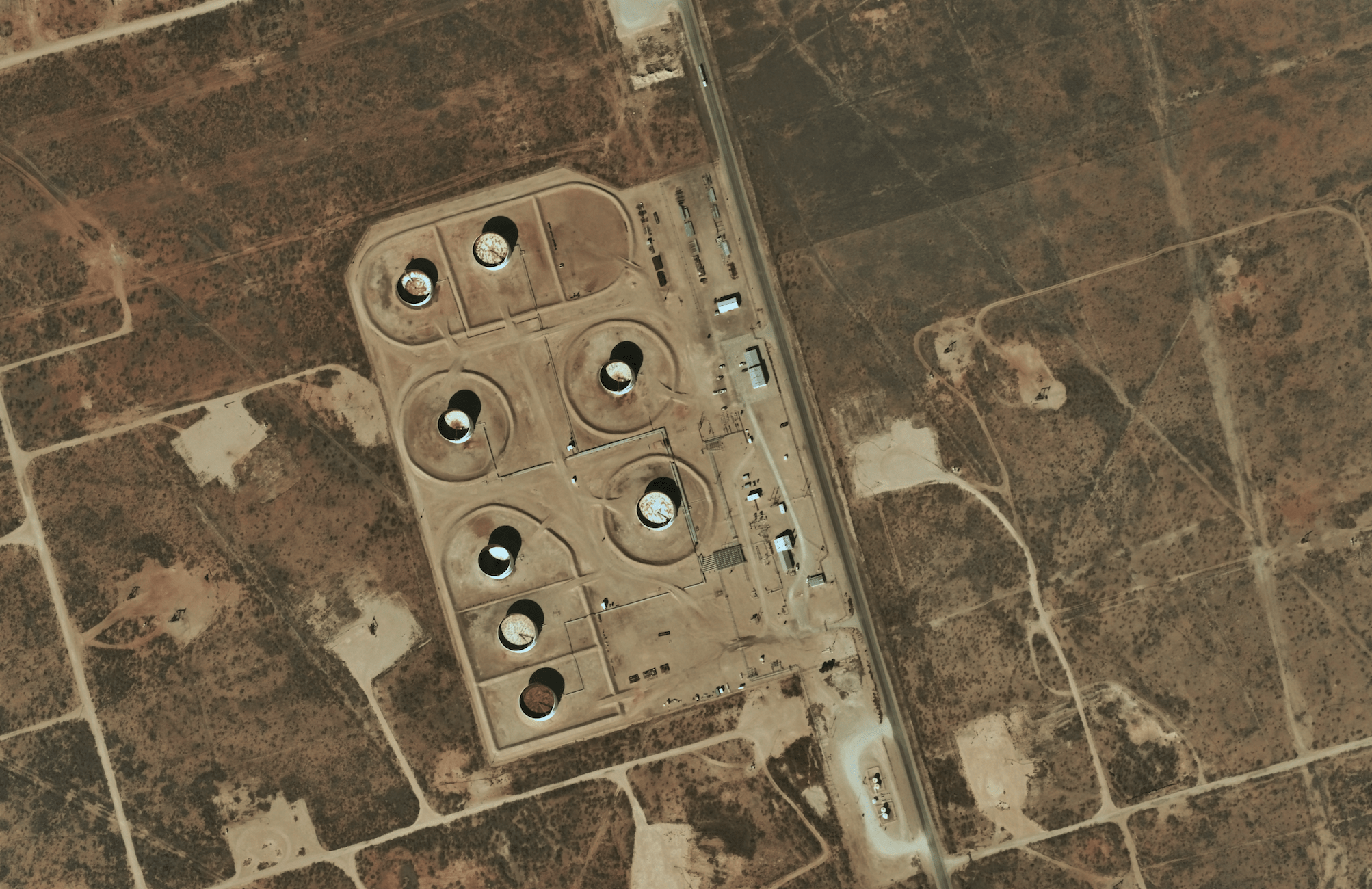
Oil rig in Odessa, Texas. February, 2021.
On February 5th, the House Ways and Means Subcommittee reintroduced the GREEN Act. If passed, this bill would offer provisions for solar energy, electric vehicles, and clean energy workforce development through $8 billion in federal tax credits. Additionally, on March 2nd, the House Committee on Energy and Commerce introduced the CLEAN Future Act, comprehensive legislation to combat climate change. This legislation would achieve net zero greenhouse gas pollution no later than 2050. Among other initiatives, this new legislation will assess environmental risks posed by abandoned mines and oil and natural gas wells. Near Space Labs can help by flying at the most optimal times to monitor oil field flares and collect data on emission levels. Abandoned mines pose the added complication of often being difficult to reach. This is not a problem for the Swiftys. They can climb to an altitude of around 65,000 feet to safely capture 270 square miles of imagery in a single pass. It is imperative that there are no unknowns when it comes to protecting the environment from mineral and chemical disasters.
3. Infrastructure
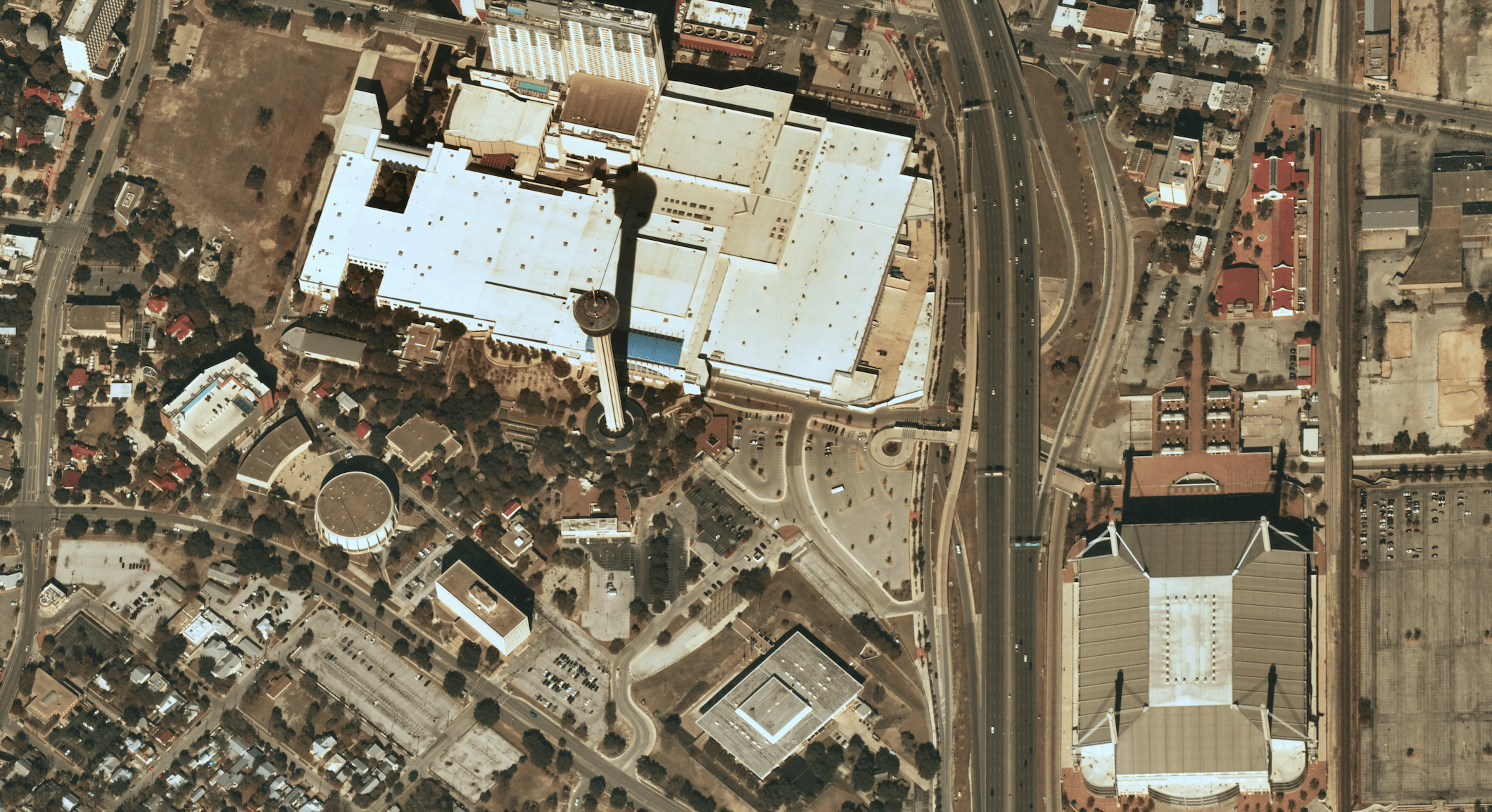
The Tower of Americas in San Antonio, Texas. January, 2021.
America’s infrastructure is crumbling. The American Society of Civil Engineers 2021 Report Card for America’s Infrastructure found that the nation’s infrastructure earned a cumulative grade of C-. Urban centers are experiencing infrastructure challenges as varied as failing bridges and rising temperatures caused by heat islands, urbanized areas that experience higher temperatures than outlying areas due to buildings, roads, and other infrastructure absorbing and re-emitting the sun’s heat. On March 31, President Biden introduced a $2 trillion plan to tackle this problem. Among the plan’s objectives are initiatives to rebuild 20,000 miles of roads and thousands of new electric vehicle charging stations needed to support a new wave of electric vehicles. Near Space Labs’ Swifty vehicles offer near real-time imagery that allows urban planners and builders to monitor traffic and select the most efficient locations for these new stations. The Swiftys carry a high-resolution camera that offers a new way of looking at old challenges. They can deploy multiple times per day, aren’t dependent on satellite orbital schedules, and don’t need to compete for commercial airspace, making them ideal for both post-catastrophe situations where response time is critical.
4. Water Systems
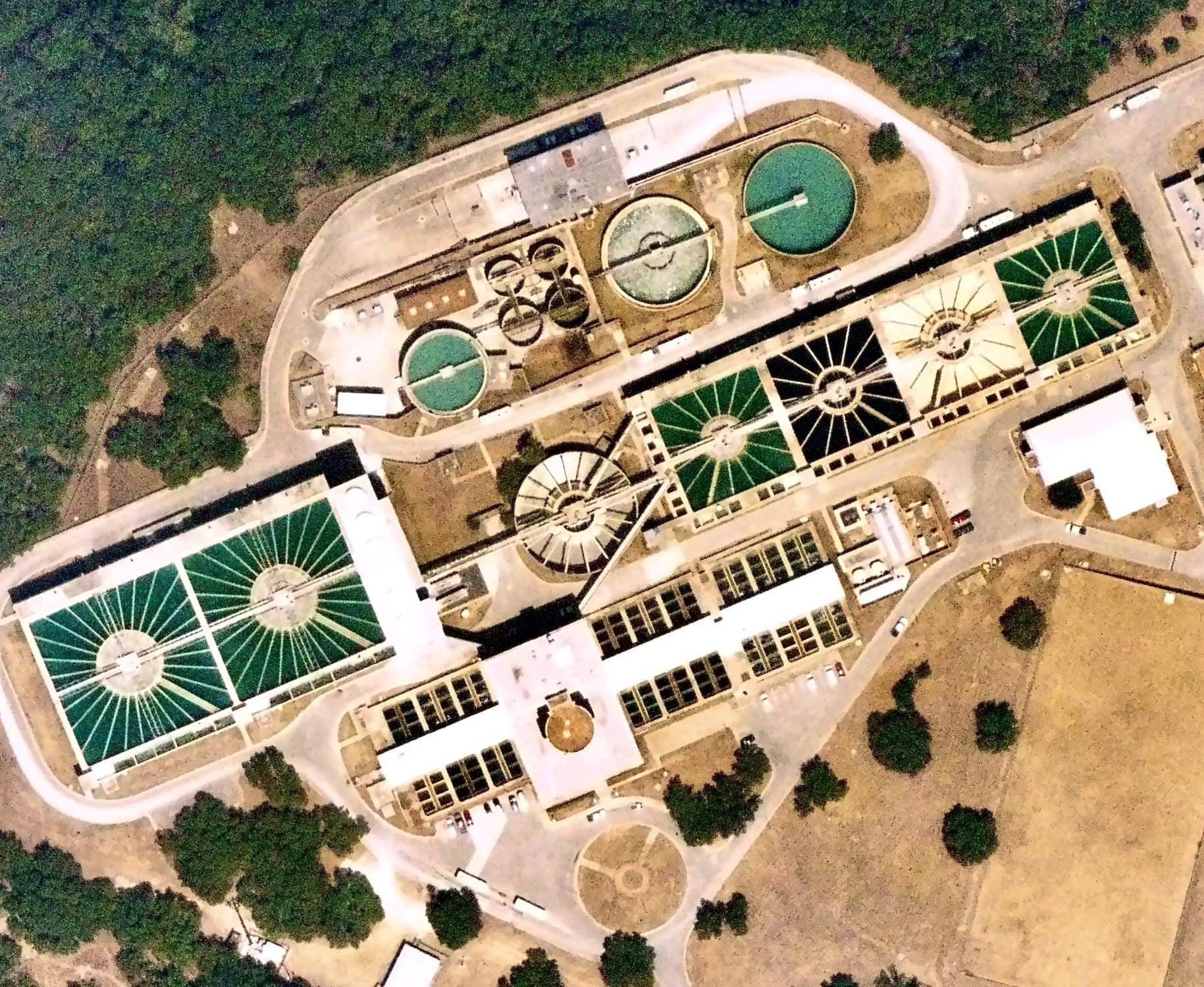
Albert H. Ullrich Water Treatment Plant in Austin, Texas. June, 2020.
Water systems will invariably come into focus as American cities reassess their infrastructure. As such, President Biden’s plan invests heavily in the repair of water pipelines and sewer systems. The water crisis in Flint, Michigan has shined a light on the consequences of America’s failing water infrastructures: residents of Genesee County are more likely to be diagnosed with some form of cancer than other residents of Michigan. This crisis has reiterated the importance of clean and safe drinking water. Additionally, sea levels are projected to rise twelve inches above 2000 levels by 2100. Dams and levees are critical water systems that will protect communities from rising sea levels, and their importance necessitates high-frequency monitoring. Cities won’t need to wait until an emergency occurs to get current imagery. Near Space Labs can help monitor usage of waterways for better management and protection of critical assets
5. Innovation and Sustainability
President Biden’s plan doesn’t just call for building projects — innovation is also a major focus. Clean energy technologies must be affordable and sustainable for this plan to be successful. Historically, satellite and airplane imagery have been costly and energy inefficient. The fossil fuels needed to launch satellites and planes carry a large carbon footprint. Additionally, up to 40 percent of satellite mass survives reentry, posing a risk to people, aircraft, and the environment. Here, Near Space Labs is ahead of the pack. The Swiftys rely on clean, efficient balloon technology instead of rockets or airplanes. They are compact and low-cost. And they’re not just green — they’re also made in America. The primary components of the hardware are made in Brooklyn, making Near Space Labs an ideal partner for American innovation.
America is poised to become a clean energy leader. Near Space Labs has the technology, expertise, and passion for President Biden’s mission to serve as an ideal partner for the movers and shakers that will make this plan a reality. Near Space Labs is ready to fly for America’s future.



